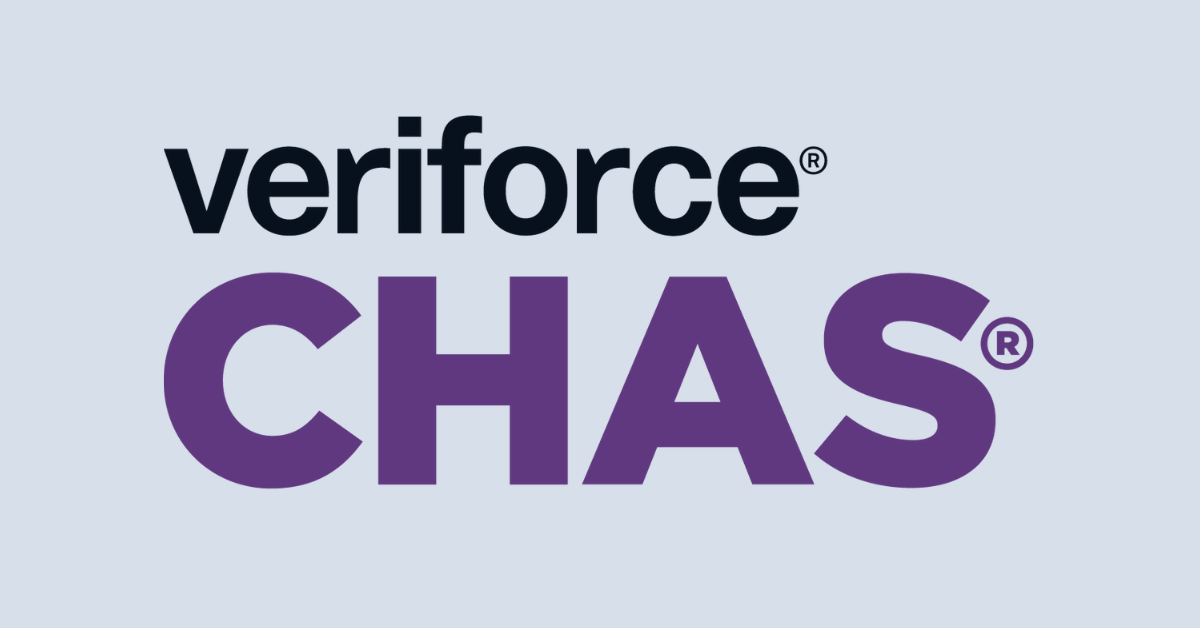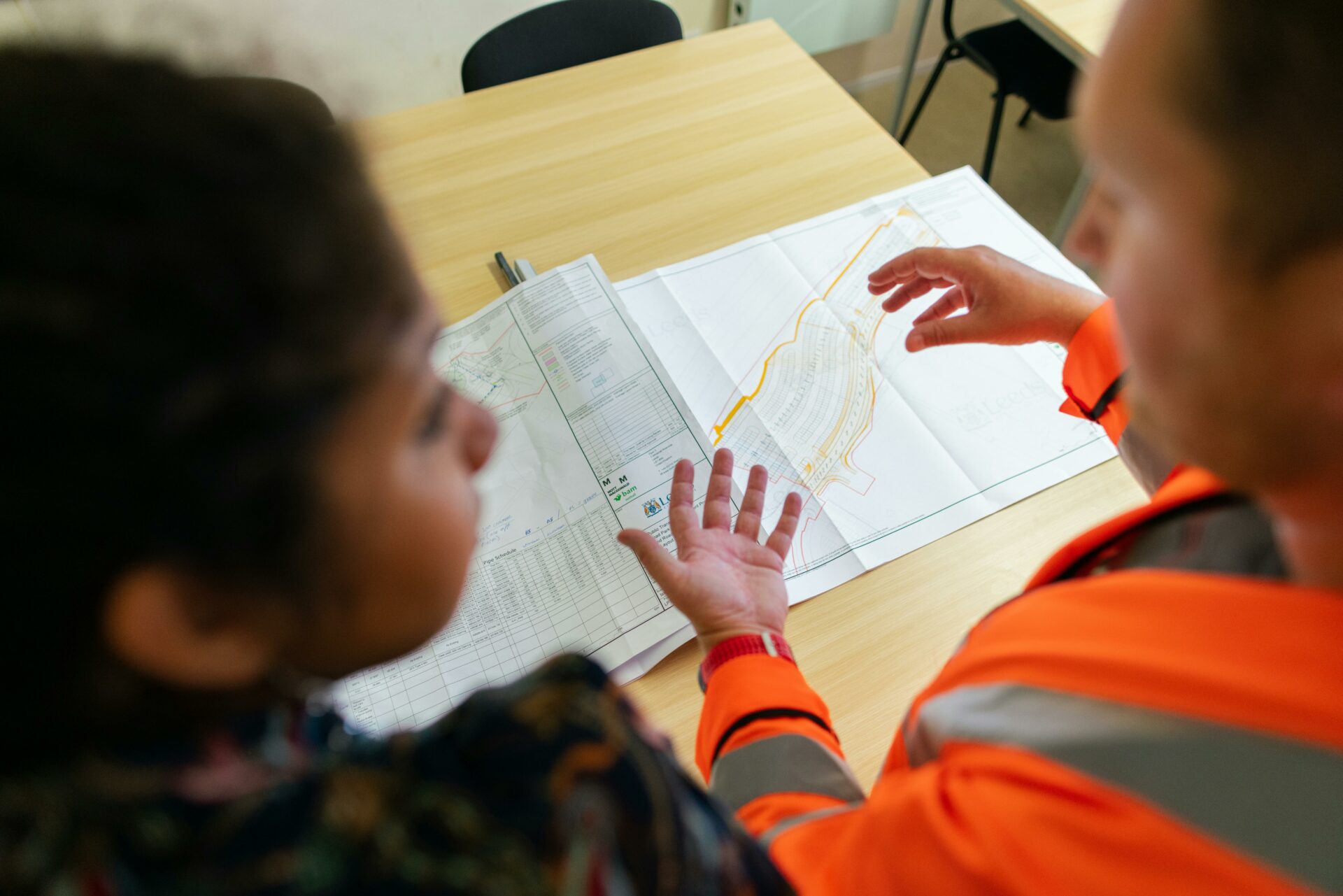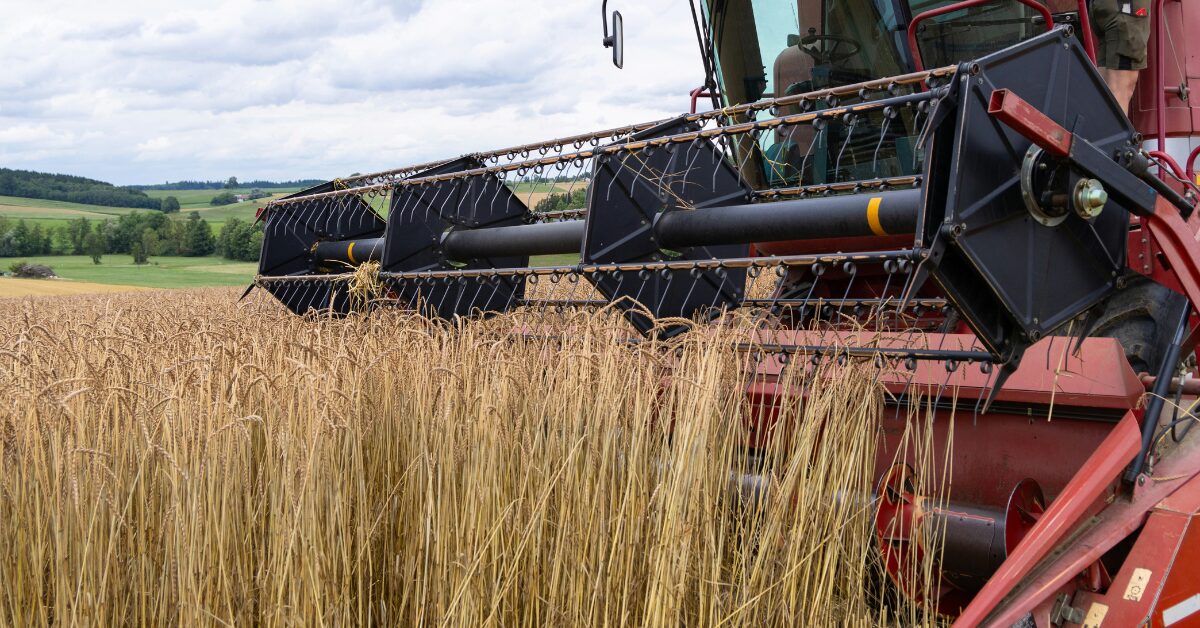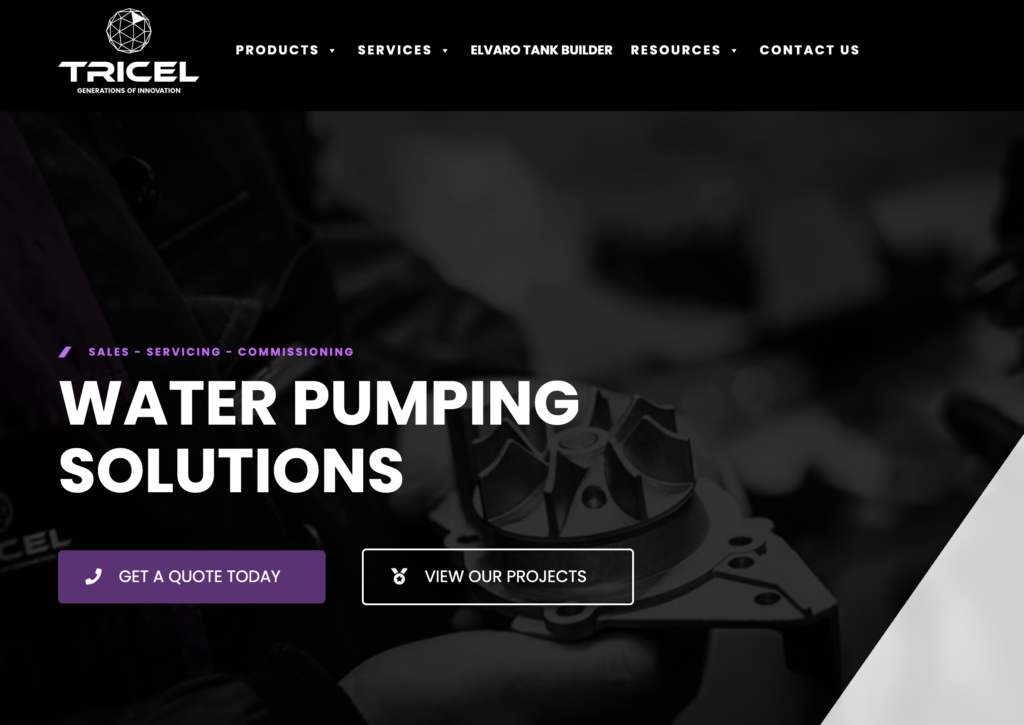Rainwater Harvesting in Schools: A Step Toward Greener Education
Home » Water Industry Insights & Innovations » Rainwater Harvesting in Schools: A Step Toward Greener Education

As climate change intensifies and environmental awareness grows, schools across the UK are embracing sustainable practices. One such initiative gaining traction is rainwater harvesting – a simple yet powerful method to conserve water, reduce utility costs, and educate students about sustainability.
Why Rainwater Harvesting in Schools?
Rainwater harvesting is more than just a water-saving technique—it’s a gateway to sustainable education, operational efficiency, and environmental stewardship. Here’s a closer look at the key benefits:
1. Reduces Water Bills
Schools consume large volumes of water daily, especially for non-potable uses like flushing toilets, cleaning, and maintaining green spaces. By capturing and reusing rainwater:
- Schools can cut water consumption by up to 50%, depending on system size and usage.
- This translates into significant cost savings over time, freeing up budget for educational resources.
- Rainwater is free and abundant in the UK, making it a reliable and renewable resource.
💡 Example: A school with a 1,000 m² roof can collect over 650,000 litres of rainwater annually (based on average UK rainfall).
2. Promotes Environmental Education
Rainwater harvesting systems offer a hands-on learning opportunity for students across multiple subjects:
- Science: Understanding the water cycle, filtration, and ecosystems.
- Geography: Studying local rainfall patterns and climate change.
- Design & Technology: Exploring system design, plumbing, and engineering.
- Citizenship: Encouraging responsibility and sustainable thinking.
By integrating the system into the curriculum, schools can foster eco-conscious habits and inspire the next generation of environmental leaders.
3. Supports Flood Prevention
Urban areas, including school campuses, often struggle with surface water runoff during heavy rains. Rainwater harvesting helps by:
- Reducing stormwater runoff, which can overwhelm drainage systems.
- Minimizing erosion and waterlogging in school grounds.
- Contributing to Sustainable Drainage Systems (SuDS), which are increasingly required in new developments.
This not only protects school infrastructure but also contributes to local flood resilience.
4. Qualifies for Green Grants and Incentives
The UK government and local councils offer various funding opportunities to support sustainable infrastructure in schools, such as:
- SuDS in Schools Grant Scheme: Supports projects that manage surface water and promote environmental education.
- Eco-Schools Programme: Offers recognition and resources for schools implementing green initiatives.
- Local Authority Sustainability Funds: May cover part of the installation costs for rainwater systems.
By installing a rainwater harvesting system, schools can unlock funding, reduce upfront costs, and align with national sustainability goals.
How It Works in Schools
Rainwater harvesting systems collect and store rainwater from rooftops. This water is filtered and stored in tanks for non-potable uses such as:
Flushing Toilets
- Toilets are one of the largest water consumers in schools.
- Rainwater can supply cisterns, reducing reliance on mains water.
Watering School Gardens
- Ideal for eco-gardens, vegetable patches, and greenhouses.
- Encourages student involvement in gardening and sustainability.
Cleaning Outdoor Areas
- Rainwater can be used for washing playgrounds, sports courts, and windows.
- Reduces the use of treated mains water for maintenance.
Science and Environmental Projects
- Students can monitor water levels, test water quality, and study the water cycle.
- Integrates with STEM and geography curricula.
FAQs
Rainwater harvesting is the process of collecting and storing rainwater for reuse, typically for non-drinking purposes like irrigation and flushing toilets.
Yes. The water is filtered and used only for non-potable applications, ensuring safety for students and staff.
Yes. The UK government supports initiatives like the SuDS in Schools Grant Scheme, which funds sustainable drainage and water reuse projects.
Ready to Make Your School Greener?
Contact Tricel Water today to explore rainwater harvesting solutions tailored for your school. Let’s build a sustainable future—one drop at a time.
Read More...
- Water Industry Insights & Innovations
- Cold Water Storage Tanks
- Case Studies

Tricel Water: CHAS Accredited Water Tank Supplier You Can Trust
Explore how Tricel’s agricultural water tanks help UK farms thrive—supporting livestock, irrigation, and sustainability with durable, WRAS-approved solutions.

Residential Sprinkler Association Approved
Tricel is proud to be a member of the Residential Sprinkler Association (RSA) UK, supporting best practices and promoting the highest standards in residential fire safety solutions.

Tricel Water Achieves SafeContractor Approval for 2025–2026
Explore how Tricel’s agricultural water tanks help UK farms thrive—supporting livestock, irrigation, and sustainability with durable, WRAS-approved solutions.

Sustaining Farms: The Role of Agricultural Water Tanks
Explore how Tricel’s agricultural water tanks help UK farms thrive—supporting livestock, irrigation, and sustainability with durable, WRAS-approved solutions.
